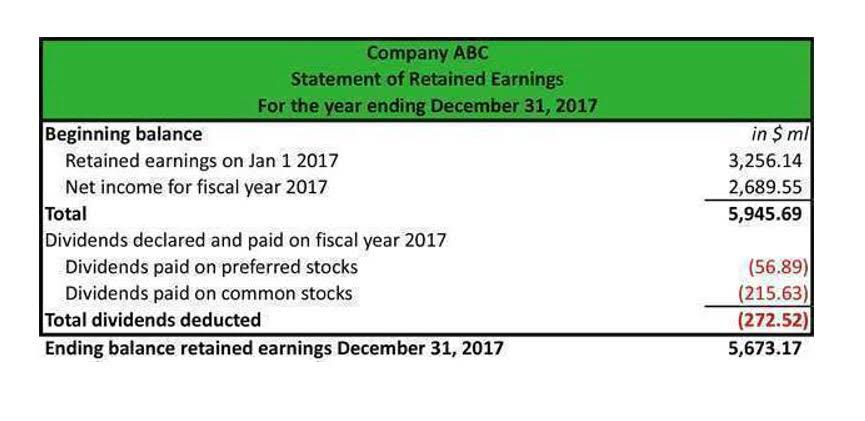
This may involve transferring amounts from the Opening Balance Equity account to the new accounts to reflect the reallocation of resources or changes in the capital structure. These adjustments are critical to ensure that the financial statements accurately represent the company’s financial position from the outset. It is the responsibility of the financial professional to ensure these adjustments are made in accordance with the applicable accounting framework and that they are supported by adequate documentation.
Explore the function and setup of Opening Balance Equity within GAAP and IFRS, and learn best practices for auditing these critical accounts. OBD is only added to once, on that beginning date, or if you forgot about an asset but you still use the same initial date. Here you will get answers to all your questions related to opening balance equity. Dancing Numbers helps small businesses, entrepreneurs, and CPAs to do smart transferring of data to and from QuickBooks Desktop. Utilize import, export, and delete services of Dancing Numbers software.
These equity accounts are just marked differently to represent the ownership or form of a business. The open balance equity account is located under the equity section of the balance sheet along with the other equity accounts, such as retained earnings. It is best to transfer opening balance equity accounts to retained earnings or owner’s equity accounts. In case the balances don’t match, it can lead to lingering balance, which can be cleaned up using software like Deskera.

Opening balance equity is the closing balance of the last reporting period that automatically shows up in accounting software as a new account. This number is generated when there are unbalanced transactions in the previous term’s balance sheet. Most accounting software automatically creates an Opening Balance Equity account when a new company file is set up. The account is typically used to record the opening balances of equity accounts entered during the setup process. A common cause of a residual balance on your opening balance equity account is incorrect bank reconciliation adjustments, which result in an opening balance.
It’s not like its from when we first added the bank account in 2019. This is one of my pet “peeves” when you hook up a bank feed initially. It goes back 90 days and then it enters whatever the balance is at that time AND it reconciles that transaction (causing a whole other issue). Here is a post I wrote on logging in and connecting the bank for the first time. And the steps you need to follow to remove that unwanted reconciled opening balance transaction.
Auditors trace these transactions to ensure they are accurately reflected in the company’s financial statements and that they comply with the disclosure requirements of the applicable accounting standards. This scrutiny helps to maintain the credibility of the financial statements, providing assurance to stakeholders that the company’s financial position is presented fairly. Opening balance equity account is located under the equity section on a balance sheet and is a special account only used by a computer. It is used to offset other accounts for accounting books to be balanced. The initial investment made by the company’s owners or shareholders is recorded in the opening balance equity account to maintain the balance of the accounting equation.
Assume an asset account, such as a checking account, with a balance of $100 is added to accounting software. Another account must be affected by $100 in order for your balance sheet to be balanced. The audit process includes testing the transactions that reduce the Opening Balance Equity account.
Understanding opening balance equity is crucial for businesses to accurately track their financial position and ensure compliance with accounting standards. Any errors in recording this account can have a significant impact on a company’s financial statements and may result in penalties or fines. Therefore, it is important for businesses to ensure that their accounting records are accurate and up-to-date. Keep in mind that closing the balance equity to retained earnings or to owner’s equity is essentially the same concept. If the amount of the journal accounting entry does not support the amount on your bank statement and you close it out, the software will rearrange the opening balance equity account balance.
It’s essentially a clearing account, a temporary placeholder used until the other side of the cash can be recorded. You can enter an opening balance for a real-life bank account you just created, or one you’ve had for a while. Here’s how to enter an opening balance for accounts you create in QuickBooks.
Note that whether you are closing the balance equity to retained earnings or the owner’s equity, it is essentially the same concept. These equity accounts have been labeled differently in order to denote the ownership or form of a business. The starting balance equity account is used to record the balance of equity accounts at the beginning of a new fiscal year or accounting period for a firm. After all initial account balances have been inputted, the opening balance equity account’s balance is transferred to the regular equity accounts, such as common stock and retained earnings. The opening balance equity account shall thereafter be locked down and shall not be subject to access, unless as provided above. Your accounts in QuickBooks need to match the real-life bank and credit card accounts you’re tracking.
By registering, you confirm that you are over 16 years of age and wish to receive centrall emails. Please consult our Terms & Conditions Terms and Conditions and our Privacy Policy for further details.
© 2023 LeKartel.com